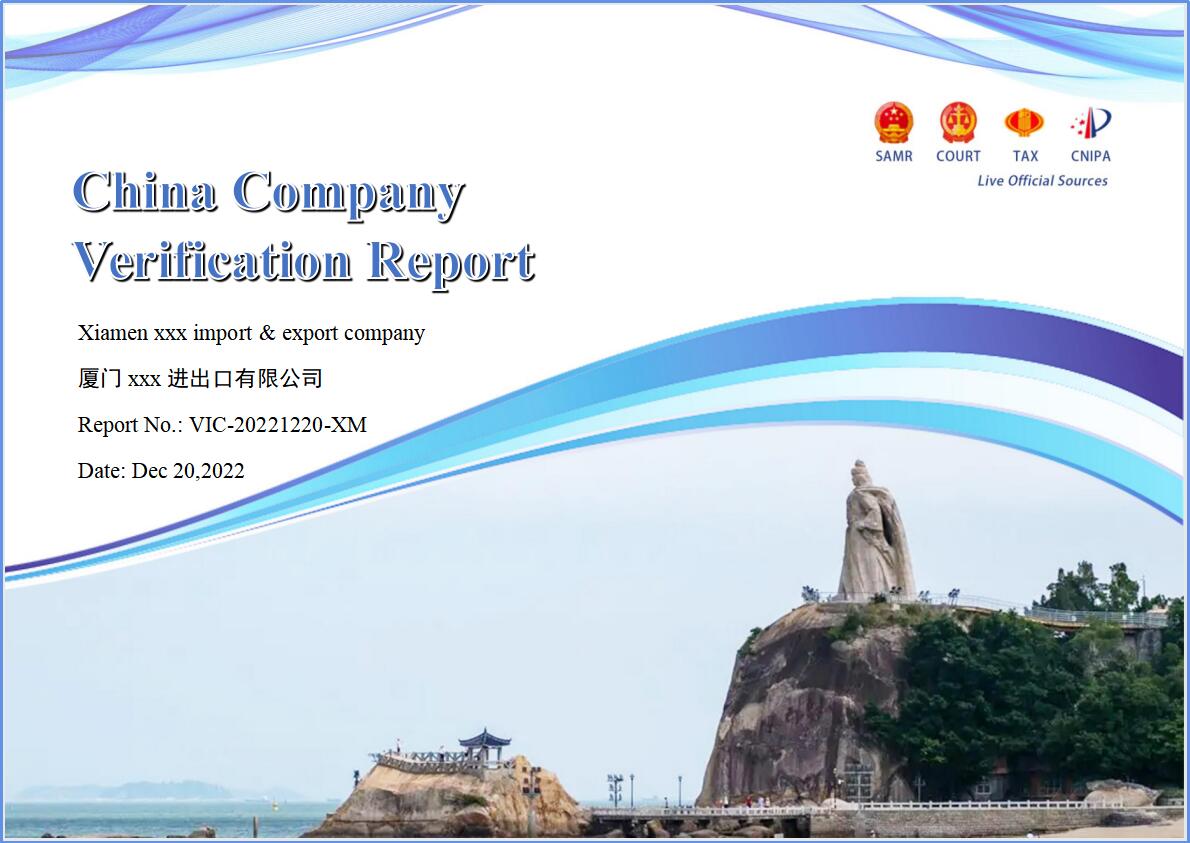Tangshan, referred to as "Tang" for short, is a prefecture level city under the jurisdiction of Hebei Province. It is a type II big city. It is located in the east of Hebei Province and the northeast of the North China Plain, bordering the Bohai Sea in the south, Yanshan Mountain in the north, and Beijing Tianjin. It is located at the throat of the North China and Northeast Passage, between 117 ° 31 ′ - 119 ° 19 ′ E and 38 ° 55 ′ - 40 ° 28 ′ N, with a total area of 13472 square kilometers. It has jurisdiction over 7 municipal districts, 4 counties and 3 county-level cities.
Tangshan is named after Li Shimin, Emperor Taizong of the Tang Dynasty, who marched eastward to Koguryo and stayed there. It is known as the "Capital of Porcelain in the North". It is a provincial sub central city, one of the central cities in Hebei Province approved by the State Council, a new industrialization base and port city in the Bohai Rim region, and a part of China (Tangshan) Cross border E-commerce Comprehensive Pilot Zone and China (Hebei) Free Trade Pilot Zone. The first mechanized coal mining mine, the first standard gauge railway, the first steam locomotive and the first barrel of machine-made cement were born here. Tangshan is the birthplace of China's Pingju Opera. Shadow puppets, Pingju Opera and Leting Drum, known as the "Three Flowers in East Hebei", are national intangible cultural heritage.
By the end of 2021, Tangshan has a permanent population of 7.697 million. In 2021, Tangshan will achieve a regional GDP of 823.06 billion yuan, including 60.65 billion yuan of added value of the primary industry, 45.468 billion yuan of added value of the secondary industry, 307.73 billion yuan of added value of the tertiary industry. The structure of added value of the tertiary industry is 7.4:55.2:37.4. The per capita GDP of the city is 106783 yuan.
Minimize the Risk and Scam
Within 2 Working Day
$ 135 USD
